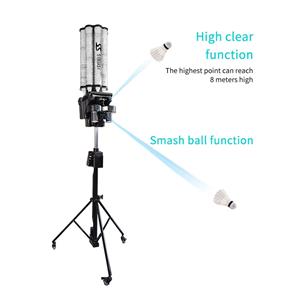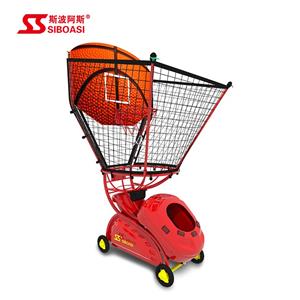Schematic diagram of basketball beginners and kings shooting and straight-line power shots
Due to many friends who have been consulting technology in Zhihu recently, most of the problems are in the understanding and application of some basic technologies, which are similar to what I expected before. Therefore, I took the time to do a few pictures of our SHOTNBA last week. The diagram of the shooting theory is convenient for you to better understand the true meaning of the article later.
This includes the detailed characteristics and usage of soft-handed and hard-handed balls, as well as example diagrams of straight-line force, as well as the characteristics and positions of shoulder force and the analysis of the amplitude of sideways shots.
First look at the first picture:
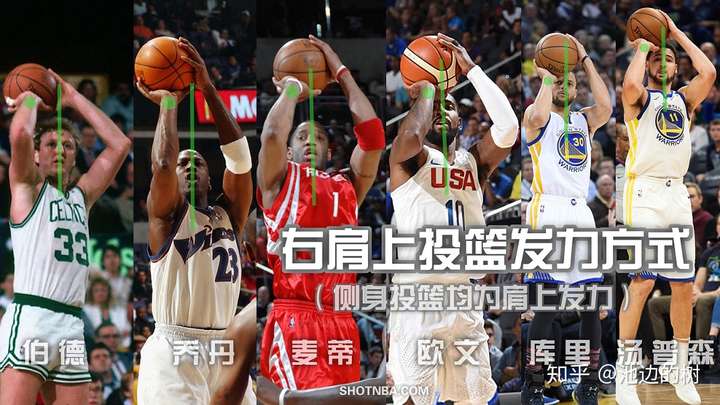
This is a schematic diagram of the characteristics of the force shot on the right shoulder. For the sake of rigor, I have screened out these basically absolutely positive shots from tens of thousands of pictures. Among them, Jordan's is the hardest to find, because Jordan's There are defenders in front of the vast majority of shots, and many shots are fallback jumpers that can’t be counted. The front view of Jordan’s open position is too rare, and the timing needs to be grasped in the moment before the start of the force, which is even more rare.
As shown in the figure above, the power system on the right shoulder refers to the action at the shooting point when facing the front. The right hand, especially the wrist, is not in the center of the head, but on the side where the right shoulder is located. Or near the right side of the forehead.
This position is not found based on the appearance, but all the senior basketball players, especially the top stars who study shooting, have found the most suitable straight line position based on their continuous testing and shooting, starting from the starting point of the above picture. We can see that the right forearm of all players is vertical or very close to vertical, so that a perfect straight line can be formed later.
In the picture above, since Curry, Jordan and others have a very large sideways relationship, the position on the right shoulder is not particularly outrageous, but in fact, in the early NBA, the shooting on the right shoulder was a pure frontal practice. , as shown in the following figure:
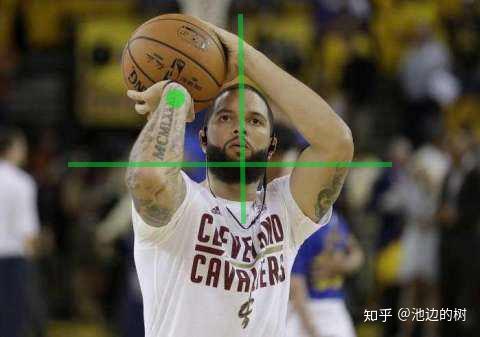
From the picture above, we can clearly see that Deron Williams' right wrist is in the center of the ball, while his right wrist is on the outside of the entire head. This is a pure positive force point. Therefore, the early shooting practice, in fact, is generally based on this action for basic training, and Jordan is the same, and the early Jordan shooting is basically positive.
Look at the second picture:
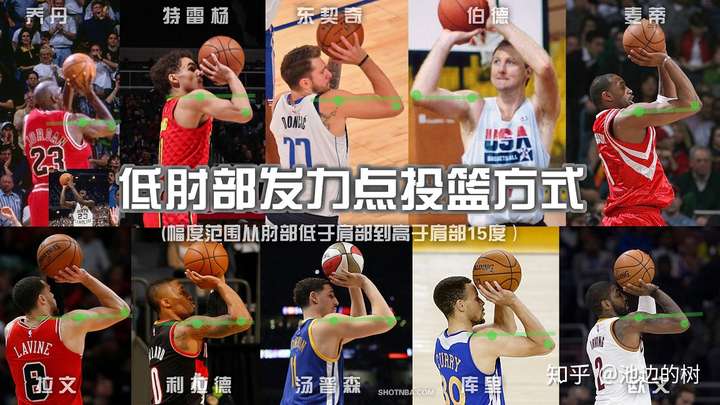
Low elbow shooting force point, this is the core concept of our SHOTNBA basketball tutorial network for a long time. To the range of about 15 degrees above the shoulder. Shooting force within this range, the method and feeling of force are basically the same, and it has the nature of a push shot. If the elbow is higher, the force of the shot will become another kind of throwing feeling.
Starting from the Jordan period, and even earlier Larry Bird, as shown in the picture above, actually all had the foundation of low elbows, but later Jordan, after 1995, his physical fitness began to decline a little, only to improve. One shot at elbow height to deal with more spring man caps.
And when shooting has evolved to this level, there are ultra-low elbow shooting methods like Curry and Trae Young. The height of this elbow can be said to be the lowest limit of low elbow, which is equivalent to He completely gave up the height of the power point, and concentrated his energy on the effort-saving and hitting of the shot.
Shooting with low elbows is more conducive to shooting high-arc shots upwards, and is good for the overall center of gravity of the body, while shooting with high elbows is prone to problems such as stiff waist.
Let's look at the third picture:
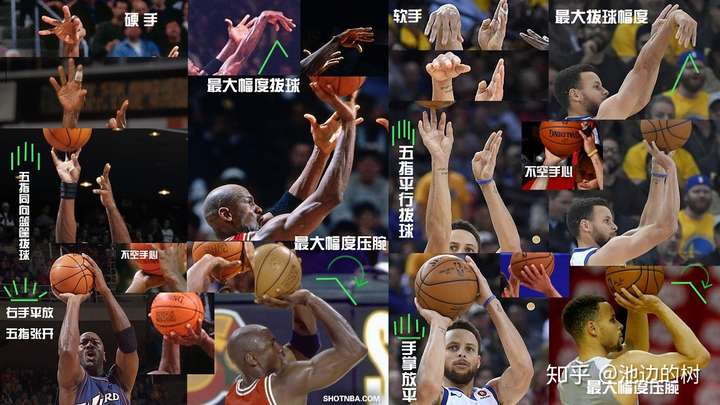
Picking skills for soft and hard hands. In fact, I have been interspersed and explained this technology in SHOTNBA, including a lot of forums, but I deliberately did not form an independent article.
There is not much difference in the way the ball is dribbled between soft hands and hard hands. The main difference between them is the characteristics of the soft hand itself. The soft hand needs to relax the wrist to make the palm itself more relaxed and soft, so that it fits better with the ball. More, will not be free.
With the force of the hard hand, the five fingers will feel more open, but when the thumb is out, the other four fingers also have a feeling of evenly opening, so when the ball is played, the five fingers will feel more evenly, not deliberately. Go harder with a finger.
As shown in the picture above, whether it is a soft hand or a hard hand, when holding the ball, the right hand is placed flat, and the right wrist is in the middle of the palm, directly under the ball. After the shot, the five fingers still form a relatively neat and symmetrical arc or horizontal line, as shown in the figure above.
Before the shot, the right hand is nearly parallel to the ground, that is, to the extent that the wrist is maximized, and then after the shot, the five fingers of the right hand will feel close to the vertical ground, as shown in the figure above.
Look at the next picture:
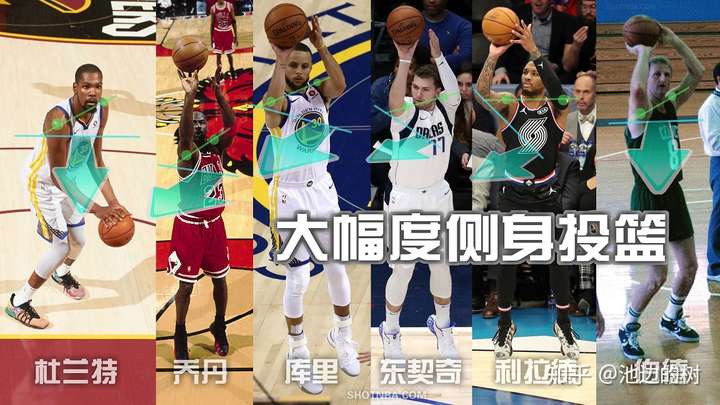
Sideways shooting refers to the frontal shooting method with a relatively large lateral rotation of the body. The force is basically the same as that of ordinary frontal shots.
Sideways shooting is often a player's shooting after training for a long time, the rationality and proficiency gradually improve, reaching a more comfortable range of body sideways, so that his force line is better and smoother.
As shown in the picture above, Durant's feet on the free throw line exceeded the 50-degree lateral rotation range, which is very rare in NBA free throw positions.
Jordan's shooting and Curry's shooting are often more upper body than lower body sideways. This technique is mainly evolved from the full sideways technique. If you practice directly, it is often difficult to find skills and easy to practice mistakes. .
Let's look at the last picture:
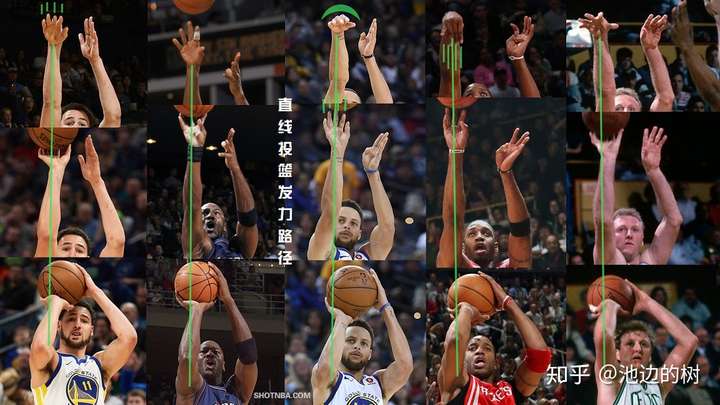
The straight-line force theory, this theory I first proposed was put forward in the shooting trilogy article at the beginning of SHOTNBA, and it is also the core concept of our entire shooting system.
Straight line force, including the upper body, especially the straight line of the right arm, and the auxiliary straight line of the whole body. Among them, the straight line of the right arm is the most critical. Just like what we explained before about Jordan's power, Jordan's shooting can be done without taking off vertically, without half-length jumping, or even adjusting the power point again after jumping in the air, and then go straight to shoot, and it is still stable.
The power of straight-line shooting is a technique mastered by the top players in the NBA. Although a group of players who mastered this technique had already appeared under the leadership of Bird and Jordan, this technique is still far away even in the NBA. It's far from widespread.
As shown in the picture above, on the basis of the power point on the right shoulder, let the right hand go straight along the side of the right shoulder to shoot the ball, instead of thinking in the direction of the middle of the line of sight, so as to let your power give the ball A very straight force can eventually make the basketball go straight and straight towards the hoop.
Among them, in addition to the overall straight line of the right arm, the straight line of the five fingers of the right hand and the force of the forehand forehand are also indispensable parts of the straight line force system. When you can reach the level of the right arm in the picture above, you can often feel the feeling of what Jordan said back then: "In my eyes, the basket is as vast as a sea."
Written by Sicily



